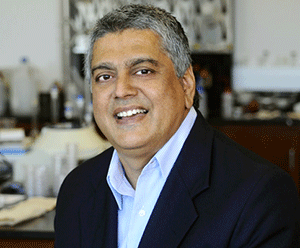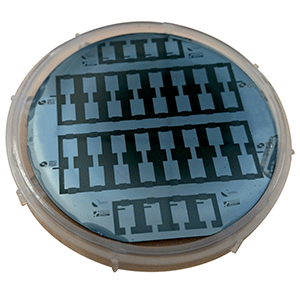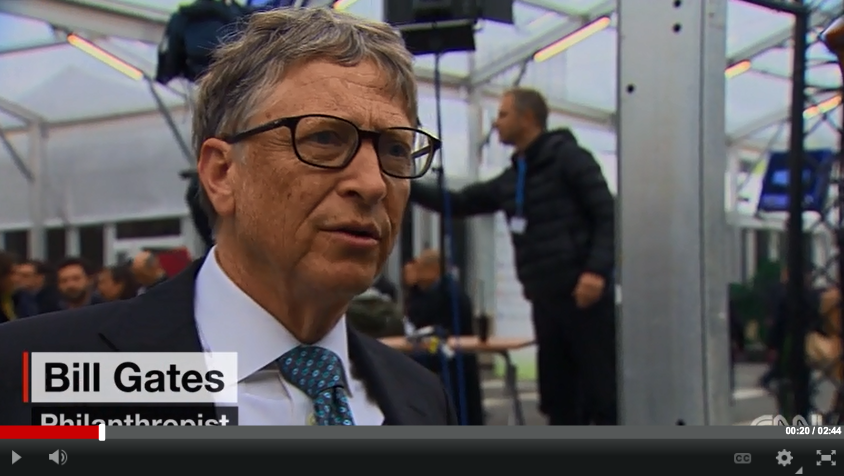 The U.S. Department of Energy recently released a new series of posters illuminating a new generation of sustainable energy and green jobs. The series is reminiscent of the famous imagery created for the Works Progress Administration, only this time, the images depict a renewable energy revolution.
The U.S. Department of Energy recently released a new series of posters illuminating a new generation of sustainable energy and green jobs. The series is reminiscent of the famous imagery created for the Works Progress Administration, only this time, the images depict a renewable energy revolution.
The posters accompany a report on the energy accomplishments from the American Recovery and Reinvestment Act, which was signed into law seven years ago by President Obama.
(MORE: See all the the posters from the department of energy.)
The newly established law created the Section 1705 Loan Guarantee Program, which worked to spur economic growth while creating new jobs and saving existing ones.
Some of the key accomplishments of the act include the creating of 10,000 jobs in the energy industry, $16.1 billion in loans for renewable energy projects, and a newly developed infrastructure that can power an additional one million American homes annually.
The Recovery Act also launched utility-grade photovoltaic solar plants in the U.S. Prior to signing the act into law in 2009, there weren’t any plants larger than 100 megawatts in the country. Now, five major plants are producing significant amounts of energy and 28 more are scheduled for the future.
Overall, the posters remind citizens of the positive accomplishments that can be achieved when government and science work together as well as give us all a visual image of an optimistic view of a renewable future.








